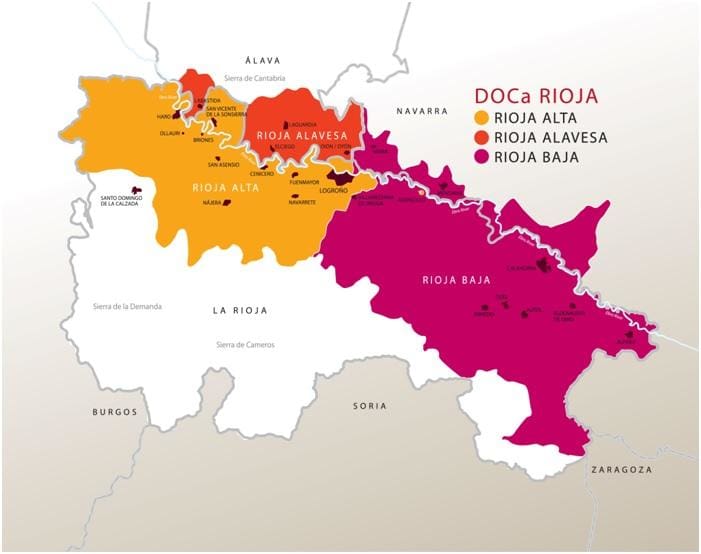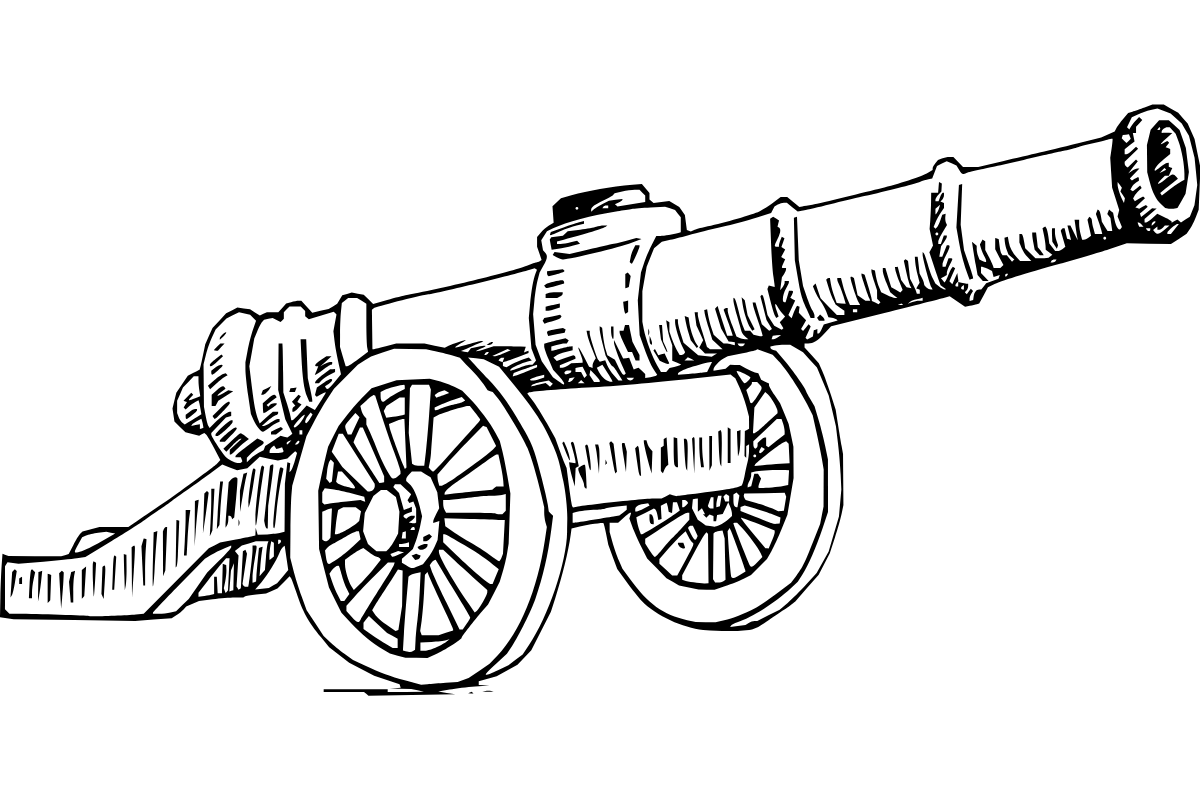Rioja is Spain’s vinous calling card, a powerhouse of a region with a long history of traditional and innovative wine-making dating back to the mid-nineteenth century and very much alive today. Throughout October at The Good Wine Shop we’re going to be celebrating all things Rioja.
First a bit of geography… the region is divided into three distinct zones; Rioja Alta, Rioja Alavesa and Rioja Baja.
 Rioja Alavesa forms part of the Basque province of Alava. Although the most northerly (closest to the Bay of Biscay’s capricious weather) the vineyards here sit along the foothills of the Sierra Cantabrica shielded from the buffeting that the Atlantic would otherwise inflict upon them by the mountains. Facing south into the warmth of the sun and on chalky, limestone soils this is prime vineyard country. Alavesa wines are frequently based solely on Tempranillo and have a freshness and elegance about them.
Rioja Alavesa forms part of the Basque province of Alava. Although the most northerly (closest to the Bay of Biscay’s capricious weather) the vineyards here sit along the foothills of the Sierra Cantabrica shielded from the buffeting that the Atlantic would otherwise inflict upon them by the mountains. Facing south into the warmth of the sun and on chalky, limestone soils this is prime vineyard country. Alavesa wines are frequently based solely on Tempranillo and have a freshness and elegance about them.
Rioja Alta lies south of the Ebro River with a small enclave north sandwiched between two parts of the Alavesa. It’s a large area where the climate changes from west to east. Western Rioja Alta is the coolest part of Rioja as it is most exposed to the Atlantic influence. Here picking can be as much as six weeks later than further east in the Rioja Baja. Many of Rioja’s finest names can be found around the town of Haro – and just outside Haro, in the town of Cuzcurrita, are two of our favourite bodegas – Urbina and Bohedal. Again Tempranillo dominates the plantings here. Further east the vineyards benefit more from the Sierra Cantabrica’s shelter and the warmer climate favours more plantings of Garnacha.
Rioja Baja is the warmest province, closest to the influence of the Mediterranean to the east. Although only 11% of plantings in Rioja are Garnacha, most is planted here – the grape needs the warmth to ripen. Rioja Baja wines reflect this in the blend, often including a much higher proportion of Garnacha than anywhere else in the region.
 The grapes:
The grapes:
Tempranillo is king here, named after the Spanish word for early (temprano) it is an early ripening grape. It forms the backbone of much Rioja – typically as much as 85% in the Alavesa and Alta. Small amounts of Garnacha, Mazuelo (which we know as Carignan) and Graciano (native to Rioja) make up the balance of the blend. For the whites, Viura is the main variety used. Best supporting white grape mentions can also go to Garnacha Blanca, Tempranillo Blanca, Malvasia de Rioja, Maturana Blanca and Turruntés de Rioja (no relation to Torrontés)
Styles:
Traditional Rioja is aged in both barrel (typically American oak) and bottle for mandatory minimum periods of time before sale. Many classic bodegas exceed these minimums.
- Crianza : a minimum of a year in barrel and a year in bottle
- Reserva : a minimum of a year in barrel and two years in bottle
- Gran Reserva : a minimum of two years in barrel and three years in bottle .
Modern Riojas may or may not follow those ageing requirements, and will often use French rather than American oak – or a mix of both. They will almost always be released much younger. The resulting styles are radically different making Rioja’s offering very versatile. We have several examples of this such asBodegas Remelluri Reserva, Rioja, 2009 and Baigorri de Garage, Bodegas Baigorri, Rioja, 2005. White Rioja has also re-invented itself with better fruit and less obvious oak – Bohedal’s ‘baby’ white Rioja is great example of this ‘fresher’ trend.
At The Good Wine Shop we’ll be celebrating all that is good about Rioja throughout October. We’re planning to expand our Rioja listings with some special additions. We’ll be offering a 25% discount on any 6 bottles of Rioja purchased throughout the month. And, if that were not enough to tempt you, we’ll be opening a great selection of wines both white and red over the weekend of October 2, 3 & 4 and then again over October 16, 17 & 18.



